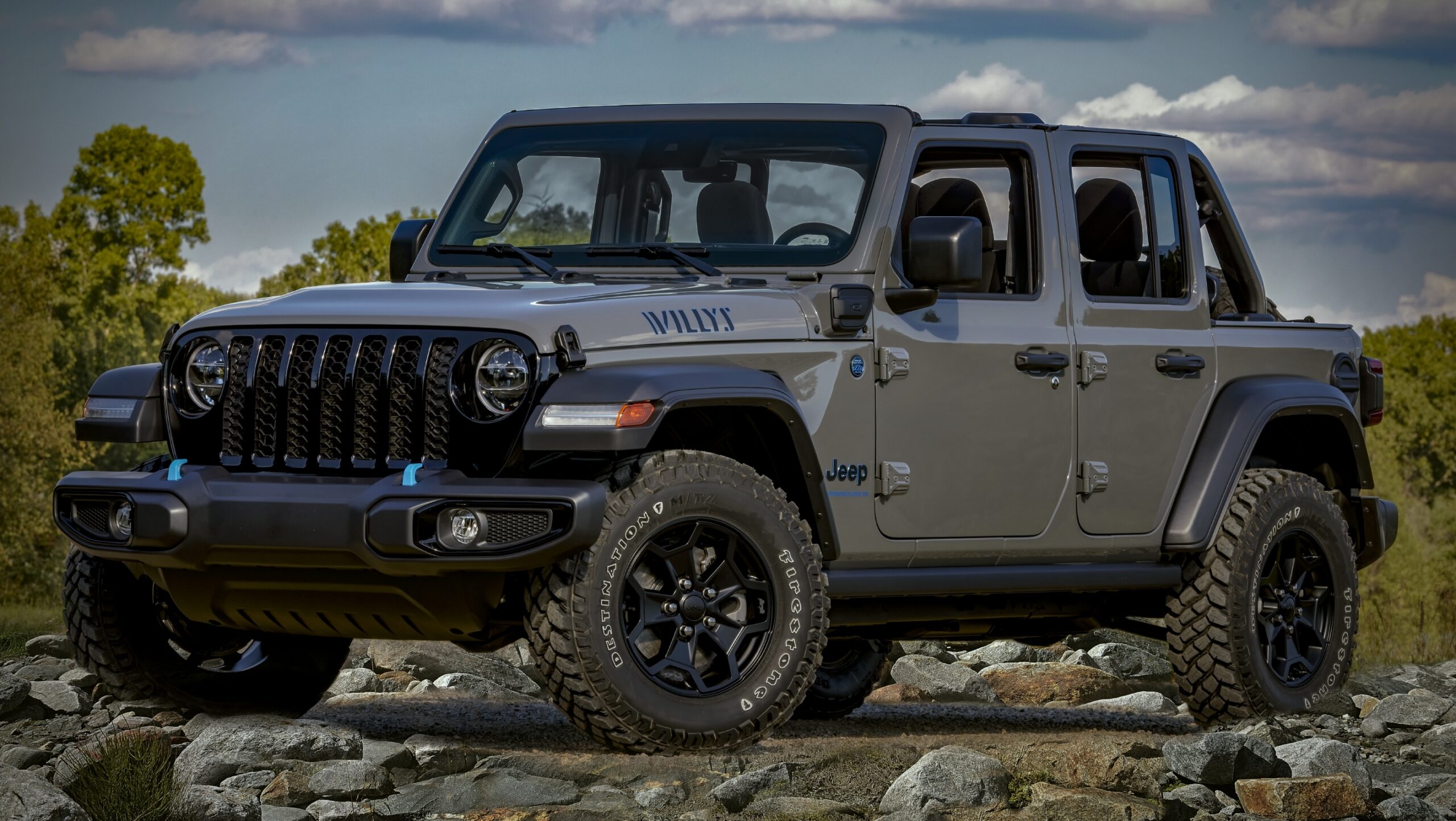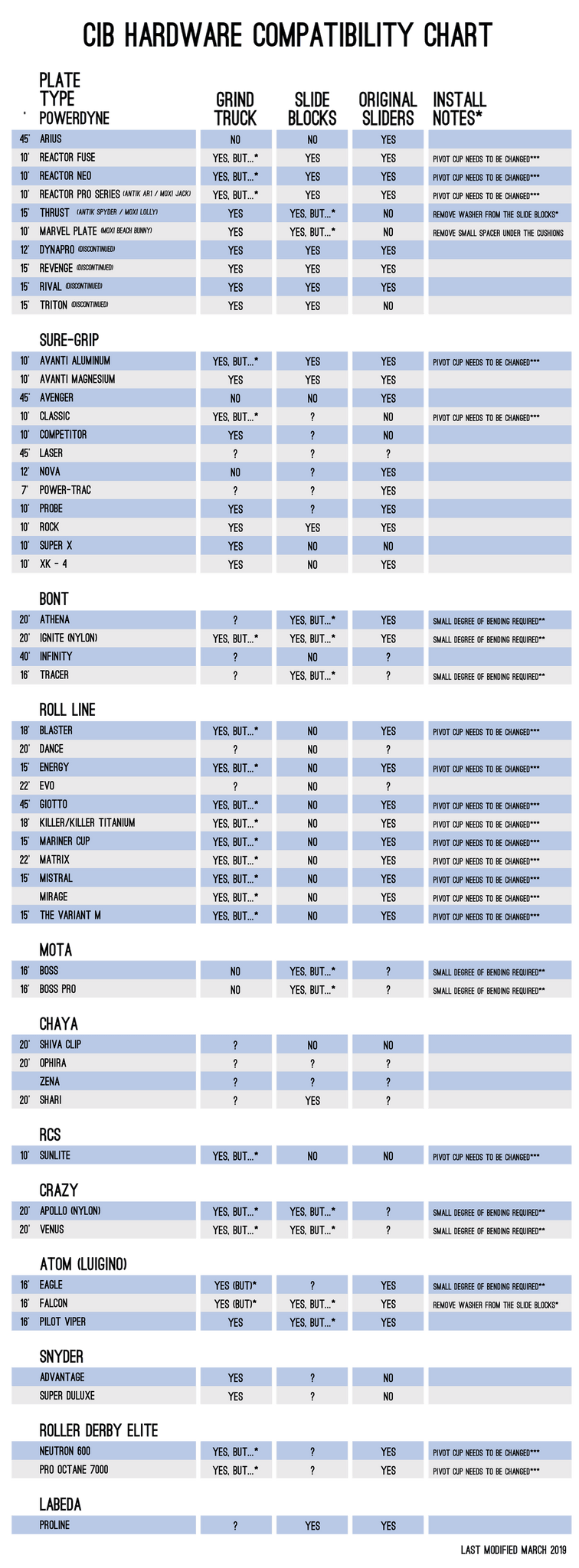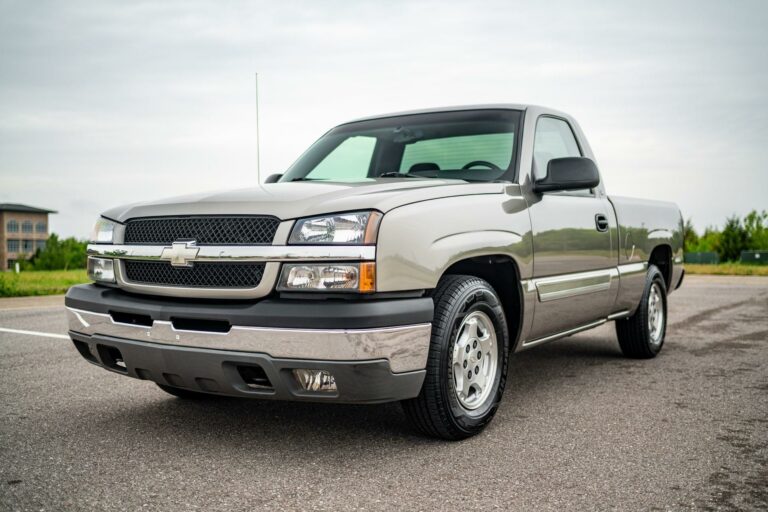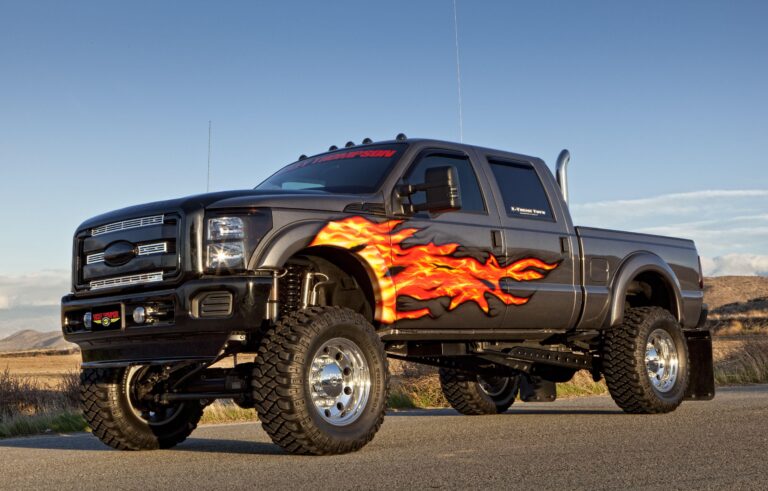Wrangler Tracks Cost: A Comprehensive Guide to Outfitting Your Jeep for Extreme Terrain
Wrangler Tracks Cost: A Comprehensive Guide to Outfitting Your Jeep for Extreme Terrain cars.truckstrend.com
The iconic Jeep Wrangler is synonymous with off-road adventure, but for those who push the boundaries of exploration, conventional tires sometimes aren’t enough. Enter Wrangler Tracks – specialized aftermarket track systems designed to replace the wheels of your Jeep, transforming it into an unstoppable force across the most challenging landscapes imaginable. Whether it’s deep snow, unforgiving mud, or shifting sands, a tracked Wrangler offers unparalleled traction and flotation, opening up a world of extreme off-roading, professional utility, and recreational thrills previously inaccessible.
However, this ultimate upgrade comes with a significant financial consideration. The Wrangler Tracks Cost is not a trivial expense; it represents a substantial investment that requires careful planning, research, and understanding. This comprehensive guide will delve into every facet of acquiring and owning a set of tracks for your Jeep Wrangler, providing detailed insights into pricing, installation, maintenance, and whether this unique modification is the right choice for your adventurous spirit and budget.
Wrangler Tracks Cost: A Comprehensive Guide to Outfitting Your Jeep for Extreme Terrain
Understanding Wrangler Tracks: What Are They?
At its core, a Wrangler track system replaces your Jeep’s four wheels with four independent track units. Each unit consists of a continuous belt (similar to a tank tread) driven by a sprocket that connects to your Jeep’s axle. Inside each track unit, a series of bogie wheels distribute the vehicle’s weight evenly over a much larger surface area than tires, significantly reducing ground pressure.
Key Benefits of Track Systems:
- Superior Traction: The large contact patch and aggressive tread patterns provide incredible grip on loose, soft, or slippery surfaces.
- Enhanced Flotation: By spreading the vehicle’s weight over a wider area, tracks prevent the Jeep from sinking in deep snow, mud, or sand.
- Increased Stability: The wider stance and lower center of gravity offered by many track systems can improve stability on uneven terrain.
- Access to Remote Areas: Tracks enable passage through landscapes that would be impassable for wheeled vehicles, such as deep snow trails, swamps, or fragile ecosystems where minimal ground disturbance is desired.

Common manufacturers of these high-performance track systems include well-known names like Mattracks, American Track Truck, and Camso (formerly Bombardier Recreational Products, now a division of Michelin). Each brand offers different designs, materials, and performance characteristics, which directly influence their price point.
Factors Influencing Wrangler Tracks Cost
The cost of outfitting your Jeep Wrangler with tracks is influenced by a multitude of factors, making it essential to understand these variables before making a purchase decision.
- Track System Type and Brand: Different manufacturers employ proprietary designs, materials, and technologies. High-performance, heavy-duty systems from reputable brands like Mattracks or Camso will naturally command a higher price than lesser-known or lighter-duty options.
- Track Material and Durability: Tracks are typically made from durable rubber compounds, often reinforced with internal cords or steel grousers. The quality, thickness, and reinforcement of these materials directly impact the track’s lifespan and cost.
- Track Size and Design: Wider tracks offer greater flotation and traction but can be more expensive due to increased material and manufacturing complexity. Specialized designs for specific terrains (e.g., aggressive grousers for snow, flatter profiles for sand) also play a role.
- Vehicle Compatibility: While many systems are designed to be adaptable, some might require specific adapters or modifications depending on your Wrangler model (e.g., JK, JL, Gladiator) and its existing drivetrain components.
- New vs. Used: Purchasing a used track system can significantly reduce the initial outlay, but it comes with the inherent risks of wear, unknown history, and potential immediate repair needs.
- Included Components: Some track systems are sold as complete kits, including all necessary mounting hardware and adapters. Others might require separate purchases for these crucial components.
- Installation Complexity: While some mechanically inclined individuals might attempt DIY installation, professional installation is often recommended due to the precision required and the heavy nature of the components. This adds to the overall cost.
- Shipping Costs: Track systems are exceptionally heavy and bulky, making freight shipping a substantial expense that must be factored into the total cost, especially if purchasing from a distant supplier.


Breakdown of Wrangler Tracks Cost Components
To truly understand the investment, let’s break down the typical cost components you’ll encounter:
- Base Track System Price: This is the primary cost, covering the four track units themselves. This can range from roughly $10,000 for a basic, entry-level system to over $45,000 for heavy-duty, commercial-grade setups.
- Adapters/Mounting Kits: While often included in complete kits, some systems may require separate purchase of specific wheel hubs or adapters to interface correctly with your Jeep’s axle. Expect to pay anywhere from $500 to $1,500 if these are not included.
- Specialized Suspension/Lift Kits (Optional but Recommended): To prevent track rubbing, improve ground clearance, and optimize performance, many track system manufacturers recommend a lift kit for your Jeep. This can add $500 to $3,000+ depending on the type and quality of the lift.
- Heavy-Duty Axles/Components (Optional for Extreme Use): For those planning extremely heavy-duty or commercial use, upgrading to stronger axles or driveline components might be advisable to handle the increased stress from the tracks. This can be a significant additional cost, ranging from $1,000 to $5,000+.
- Installation Labor: If you opt for professional installation, anticipate labor costs. Given the weight and precision required, this can typically take 8 to 16 hours of shop time. At an average shop rate of $100-$150 per hour, this translates to $800 to $2,000.
- Shipping/Freight: Due to the weight (often 1,500-2,500 lbs for a full set) and dimensions of the crates, shipping costs can range from $500 to well over $2,000, depending on the distance.
- Maintenance Costs: This is an ongoing expense, covering wear parts, lubrication, and adjustments. While not an initial purchase cost, it’s crucial for long-term budgeting.
Types of Wrangler Tracks and Their Price Ranges
Track systems generally fall into categories based on their design, intended use, and resulting cost:
- Entry-Level Recreational Tracks: These are typically lighter-duty systems designed for occasional recreational use in snow or light mud. They offer good flotation and traction but may not withstand the same abuse as more robust systems.
- Estimated Price Range: $10,000 – $18,000
- Mid-Range All-Terrain Tracks: The most popular choice for serious enthusiasts, these systems strike a balance between durability, performance, and cost. They are suitable for varied terrain, including deep snow, mud, and some rocky trails. Brands like Mattracks and Camso offer strong contenders in this segment.
- Estimated Price Range: $18,000 – $28,000
- Heavy-Duty / Commercial Grade Tracks: Designed for extreme conditions, industrial applications (e.g., forestry, utility work, search & rescue), or very aggressive recreational use. These feature reinforced components, more robust materials, and often higher load capacities.
- Estimated Price Range: $28,000 – $45,000+
Installation Considerations and Costs
Proper installation is paramount for the safety and performance of your track system.
- DIY Installation: While technically possible for experienced mechanics with appropriate heavy lifting equipment, it’s a challenging endeavor. Misalignment, improper torque, or incorrect adapter fitment can lead to premature wear, damage to the tracks or your Jeep, and potentially dangerous situations. You’ll need heavy-duty jacks, jack stands, torque wrenches, and potentially specialized tools.
- Professional Installation: Highly recommended. A professional shop experienced with track systems (or at least heavy vehicle modifications) will have the right tools, expertise, and lifts to ensure correct fitment, alignment, and torque specifications. They can also advise on any necessary suspension or drivetrain upgrades. The labor cost, as mentioned, typically ranges from $800 to $2,000.
Long-Term Ownership: Maintenance and Operating Costs
The initial purchase is just the beginning. Owning a tracked Wrangler incurs ongoing operational and maintenance expenses:
- Wear Parts: Like tires, track systems have wear items. These include bogie wheels (the small wheels inside the track frame), idlers, drive sprockets, and the track belts themselves. These components wear down over time, especially with heavy use or in abrasive environments. Replacing a single bogie wheel might be $50-$150, while a full set of track belts could be several thousand dollars.
- Routine Inspection: Regular checks of track tension, bearing condition, and general wear are crucial. Manufacturers provide guidelines for these inspections.
- Lubrication: Components with moving parts will require periodic lubrication.
- Fuel Consumption: This is a significant operational cost. Tracks create considerably more rolling resistance and add substantial weight compared to wheels and tires. Expect a noticeable decrease in fuel economy, potentially as much as 25-50% less MPG, especially at higher speeds (where tracks are generally not designed to operate).
- Storage: When not in use, tracks should be stored properly to prevent degradation of the rubber and other components, ideally in a cool, dry place out of direct sunlight.
Is the Investment Worth It? Benefits vs. Cost
Deciding if the high Wrangler Tracks Cost is justifiable depends entirely on your intended use and priorities.
Arguments for the Investment:
- Unparalleled Off-Road Capability: If your adventures take you into deep snow, swamps, or extremely soft terrain where tires simply fail, tracks offer access and capability that no other modification can.
- Enhanced Safety: In certain treacherous conditions, tracks provide a level of stability and control that can make otherwise dangerous situations safer.
- Commercial/Professional Use: For industries like search and rescue, remote utility maintenance, forestry, or extreme adventure tourism, tracks are often a necessity, making the cost a business expense.
- Unique Experience: For the ultimate off-road enthusiast, the sheer "cool factor" and the unique driving experience of a tracked vehicle are undeniable.
Considerations Against the Investment:
- High Initial Cost: It’s a major financial commitment.
- Ongoing Maintenance: Requires more diligent maintenance and has higher wear part costs than tires.
- Reduced On-Road Performance: Tracks are not designed for high speeds or regular road use. They are slow, noisy, and wear quickly on pavement. Many jurisdictions consider them illegal for public road use.
- Increased Fuel Consumption: A significant hit to your wallet over time.
- Not for Everyone: If your off-roading is primarily trails, rocks, or light mud, a good set of tires and a lift kit will be far more practical and cost-effective.
Practical Advice and Actionable Insights
- Define Your Needs: Before looking at prices, honestly assess why you need tracks. Is it for recreational snowmobiling, professional use, or just the "wow" factor? Your primary use case will dictate the type and cost of the system you need.
- Research Thoroughly: Don’t jump at the first deal. Compare brands (Mattracks, Camso, American Track Truck), read reviews, watch videos, and understand the pros and cons of each system.
- Consider Used Tracks Carefully: A used set can save you thousands, but always inspect them meticulously. Look for cracks in the rubber, excessive wear on bogie wheels, play in bearings, and damage to the frame. Ask for service history if possible. Budget for potential immediate repairs.
- Budget for More Than Just the Tracks: Remember to include installation, shipping, and potential suspension upgrades in your total budget. Overlooking these can lead to unexpected financial strain.
- Seek Professional Advice: Consult with reputable off-road shops or dealers specializing in track systems. They can provide invaluable advice on compatibility, installation, and long-term care.
- Check Local Regulations: Verify the legality of operating tracked vehicles on public roads or in specific recreational areas in your region. Most track systems are designed for off-highway use only.
Price Table: Estimated Wrangler Tracks Cost Breakdown
This table provides a generalized overview of potential costs. Actual prices can vary based on manufacturer, specific model, condition (for used), location, and installer rates.
| Component/Service | Estimated Price Range (USD) | Notes |
|---|---|---|
| New Track Systems | ||
| Entry-Level Recreational | $10,000 – $18,000 | Suitable for light snow, general recreational use. |
| Mid-Range All-Terrain | $18,000 – $28,000 | Popular choice for serious enthusiasts, good balance of performance & durability. |
| High-End / Commercial Grade | $28,000 – $45,000+ | Heavy-duty, specialized for extreme conditions or professional applications. |
| Used Track Systems | Prices highly variable based on condition, age, and brand. | |
| Good Condition | $8,000 – $15,000 | Inspect thoroughly for wear on belts, bogies, and frame. |
| Fair Condition (needs TLC) | $5,000 – $10,000 | May require immediate replacement of some wear parts. |
| Installation Costs | Assumes professional installation at a qualified shop. | |
| Labor (8-16 hours) | $800 – $2,000 | Hourly rates typically $100-$150/hr. |
| Related Accessories/Upgrades | Optional but often recommended for optimal performance and preventing issues. | |
| Lift Kit (2-4 inches) | $500 – $3,000+ | To prevent track rubbing, improve clearance, and optimize approach/departure angles. |
| Heavy-Duty Axles/Components | $1,000 – $5,000+ | For extreme commercial use or prolonged heavy recreational use, to enhance durability. |
| Adapters/Mounting Hardware | Often included, or $500-$1,500 | Ensure specific compatibility with your Wrangler model. |
| Shipping/Freight | $500 – $2,000+ | Varies significantly by distance and carrier due to extreme weight and bulk. |
| Annual Maintenance (Estimated) | Highly variable based on usage, terrain, and diligence. | |
| Routine Checks & Minor Parts | $200 – $800 | Lubrication, tension adjustments, minor component replacement (e.g., small bearings). |
| Major Wear Parts (e.g., new belts, multiple bogies) | $1,000 – $5,000+ (every few years or heavy use) | Significant cost for replacement of primary wear components. |
| Total Estimated Initial Investment | $10,000 – $50,000+ | This broad range reflects the choice between used/new, entry-level/high-end, and additional mods. |
Frequently Asked Questions (FAQ)
Q: Can I use tracks on any Jeep Wrangler?
A: Most track systems are designed to fit various Jeep Wrangler models (JK, JL, Gladiator), but specific adapters are required. Always confirm compatibility with the track manufacturer for your exact year and trim.
Q: How difficult is it to install tracks?
A: While mechanically possible for a skilled DIYer, professional installation is highly recommended. Tracks are heavy, require precise alignment, and incorrect installation can lead to damage or safety issues.
Q: Do tracks affect road legality?
A: Generally, yes. Most track systems are designed for off-highway use only and are not street legal. Driving them on paved roads will also cause rapid wear and tear. Always check your local and state regulations.
Q: How do tracks perform on different terrains (snow, mud, rock)?
A: Tracks excel in deep snow and soft, deep mud due to superior flotation and traction. They also perform well on sand. On hard-packed trails or rocks, they can be slower and less agile than tires, and the hard surfaces will increase wear on the tracks.
Q: What is the lifespan of a set of tracks?
A: The lifespan varies greatly depending on the quality of the system, frequency of use, terrain, and maintenance. With proper care, track belts can last several hundred to over a thousand hours of operation. Wear parts like bogie wheels will need more frequent replacement.
Q: Do tracks require special maintenance?
A: Yes. Regular inspection for wear, proper tension adjustments, and lubrication are crucial. Cleaning tracks after use, especially in muddy or corrosive environments, will also extend their life.
Q: Do tracks affect my Jeep’s warranty?
A: Installing aftermarket track systems can potentially void portions of your Jeep’s factory warranty, especially related to the drivetrain (axles, transfer case, transmission) due to the increased stress. Consult your dealership and track manufacturer for specifics.
Q: Can I switch back to tires easily?
A: Yes, track systems are designed to be removable. Switching back to tires involves unbolting the track units and re-installing your wheels, which typically takes a few hours for a skilled individual or shop.
Concluding Summary
The Wrangler Tracks Cost represents a significant financial commitment, often rivaling the price of a second vehicle. However, for those who demand unparalleled off-road capability in extreme conditions, or for professional applications where traditional wheeled vehicles simply cannot perform, this investment can be entirely justified.
Before diving in, conduct thorough research, understand all the associated costs—from initial purchase and installation to ongoing maintenance and increased fuel consumption—and realistically assess your needs. A tracked Jeep Wrangler is a specialized tool, not a casual upgrade. But for the adventurous few who venture beyond the beaten path, the ability to traverse virtually any terrain can make the considerable cost a worthwhile gateway to truly limitless exploration.






